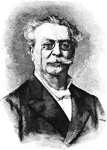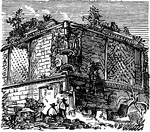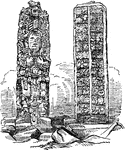Clipart tagged: ‘central america’
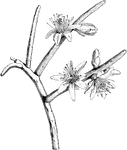
Rhipsalis Funalis
A plant which produces flowers with 7 to 8 white petals. The stamens are very numerous. They bloom between…
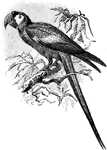
Macaw on Branch
Macaws are small to large, often colorful New World parrots. Macaws are native to Mexico, Central America,…

Colón, Cristóbal in Panama
A street in Cristóbal, Colón in Panama. Cristóbal is a port in the Atlantic side of the Panama Canal.

Puma
The puma, also known as the cougar, panther, or mountain lion (Felis concolor) , is a large American…

Sandstone Rock, Rio Abajo, Tegucigalpa, Central America
Sandstone Rock in Rio Abajo, Tegucigalpa, Central America.
